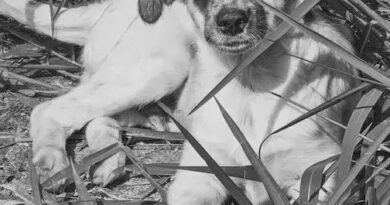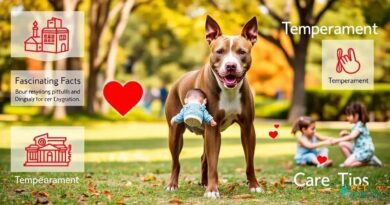What is history of dog breeds
Understanding the Origins of Dog Breeds
The history of dog breeds is a fascinating journey that spans thousands of years, tracing back to the domestication of wolves. Early humans began to form a bond with these animals, leading to the selective breeding of dogs for specific traits. This process not only shaped the physical characteristics of dogs but also influenced their behavior and roles in human society. Understanding this history provides insight into the diverse breeds we see today.
The Role of Ancient Civilizations
Ancient civilizations played a crucial role in the development of dog breeds. For instance, the Egyptians revered dogs, often depicting them in art and using them for hunting and protection. Similarly, the Romans bred dogs for various purposes, including companionship, herding, and guarding. These early interactions between humans and dogs laid the groundwork for the specialized breeds that would emerge in later centuries.
Selective Breeding Practices
As societies evolved, so did the methods of selective breeding. Breeders began to focus on specific traits such as size, coat type, and temperament. This practice led to the establishment of distinct breeds, each suited for particular tasks. For example, herding breeds were developed for their intelligence and agility, while toy breeds were bred for companionship and smaller living spaces. This intentional breeding has resulted in the vast array of dog breeds we have today.
The Influence of Geography on Dog Breeds
Geography has significantly influenced the development of dog breeds. Different regions of the world produced breeds that were well-adapted to their environments. For instance, the Arctic regions gave rise to breeds like the Siberian Husky, known for their endurance and ability to withstand cold temperatures. In contrast, breeds like the Basenji emerged in Africa, showcasing traits suited for hot climates and hunting in dense forests.
The Impact of the Industrial Revolution
The Industrial Revolution marked a turning point in the history of dog breeds. As urbanization increased, the demand for companion animals grew. This shift led to the rise of smaller breeds that could thrive in city environments. Additionally, dog shows and breed standards became popular during this time, further promoting the idea of purebred dogs and influencing breeding practices.
Modern Breeding Techniques
Today, modern breeding techniques have advanced significantly, allowing for more precise control over genetic traits. Artificial insemination and genetic testing have become common practices, enabling breeders to produce dogs with desired characteristics while minimizing hereditary health issues. This scientific approach has transformed the landscape of dog breeding, ensuring healthier and more diverse breeds.
The Role of Dog Clubs and Organizations
Dog clubs and organizations have played a pivotal role in the history of dog breeds. The establishment of kennel clubs, such as the American Kennel Club (AKC), has provided a framework for breed recognition and standards. These organizations promote responsible breeding practices and help educate the public about different breeds, their histories, and their needs.
The Cultural Significance of Dog Breeds
Throughout history, dog breeds have held cultural significance in various societies. Certain breeds are associated with specific regions or historical events, reflecting the values and lifestyles of those communities. For example, the Greyhound is often linked to nobility and racing, while the Labrador Retriever is celebrated for its friendly nature and versatility as a working dog.
Challenges in Dog Breeding Today
Despite the advancements in breeding practices, challenges persist in the world of dog breeds. Issues such as overbreeding, puppy mills, and the prevalence of genetic disorders pose significant concerns. Responsible breeding practices and public awareness are essential to ensure the health and well-being of future generations of dogs, preserving the rich history of dog breeds for years to come.




